How Long Does It Take to Build a House
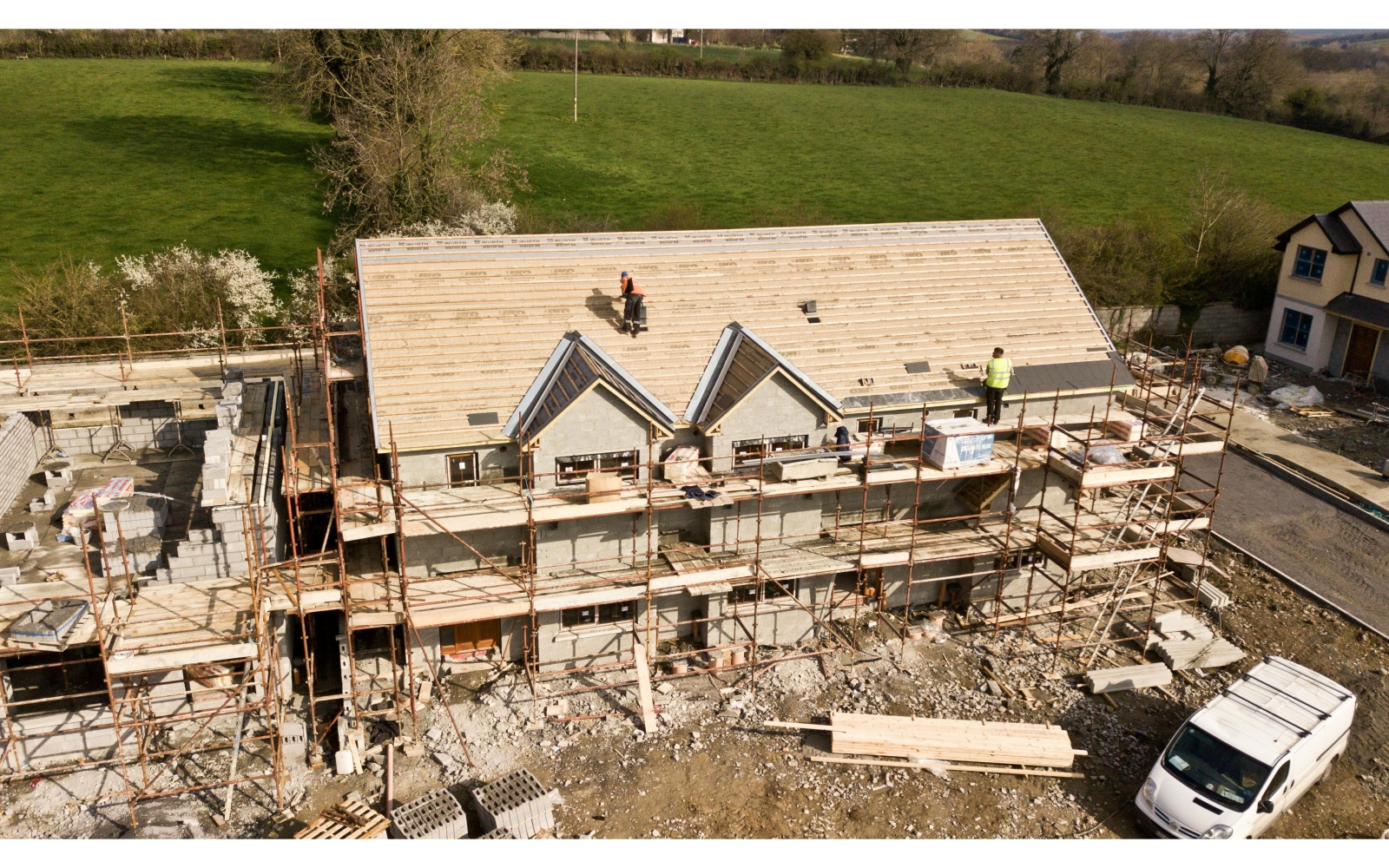
Building a house is one of the biggest dreams for many people. It’s a chance to create a space that fits your lifestyle, family, and future. But one of the first questions almost everyone asks is: “How long does it take to build a house?”
The truth is, there isn’t a one-size-fits-all answer. The timeline can change based on things like the size of the home, the type of construction, the location, and even the weather. Some homes can be finished in just a few months, while others may take more than a year.
Knowing what to expect can help you understand the process even more. In this guide, we’ll break down the average timeline for building a house, the factors that can speed things up or slow things down, and tips to help you save time along the way.
Key Takeaways: How Long Does It Take to Build a House?
- Average timeline: In the U.S., building a single-family home usually takes 7 to 12 months from start to finish.
- Type of home matters:
- Production homes (built in planned communities) are faster, around 6–8 months.
- Custom homes with unique designs can take 12–18 months or more.
- Modular or prefab homes are the quickest, often finished in 3–6 months.
- Production homes (built in planned communities) are faster, around 6–8 months.
- Biggest factors: Weather, material delays, labor shortages, and design changes are the main reasons timelines stretch.
- What helps save time: Sticking to your plan, ordering materials early, and hiring an experienced builder.
Step-by-Step Home Building Timeline
While every home build is different, here’s a general breakdown of what the process looks like and how long each stage usually takes:
1. Pre-Construction Phase (1–4 months)
Before building begins, there’s a lot of preparation. This includes buying land, securing financing, finalizing the design, and getting permits from the local government. The length of this phase depends on how quickly paperwork and approvals go through.
2. Foundation Stage (2–4 weeks)
The lot is cleared, leveled, and prepared. Then, the builder pours the foundation—whether that’s a concrete slab, crawl space, or basement. Weather can slow this stage, especially if heavy rain or freezing temperatures delay concrete work.
3. Framing the Structure (1–2 months)
This is when the house starts to take shape. Builders put up the walls, roof, and frame of the home. Windows and doors may also be installed. At this point, you’ll finally see the layout of your future home.
4. Plumbing, Electrical & HVAC (1–2 months)
Once the framing is done, workers install the “guts” of the house. This includes plumbing lines, electrical wiring, and heating/cooling systems. After installation, local inspectors need to sign off before moving forward.
5. Interior & Exterior Finishes (2–4 months)
This is the longest stage. Inside, drywall, flooring, cabinets, countertops, paint, and fixtures are added. Outside, siding, roofing, driveways, and landscaping are completed. Your house will really start to look move-in ready.
6. Final Inspections & Walkthrough (2–4 weeks)
The builder and inspectors make sure everything is safe and up to code. Any small fixes or touch-ups are completed. Once you do the final walkthrough and approve, you’ll get the keys to your new home.
Main Factors Affecting the Timeline
Even with a solid plan, several things can change how long it takes to build a house. Some are within your control, while others are not:
Weather conditions – Rain, snow, or extreme cold can delay construction, especially during the foundation and framing stages.
Material availability – Shortages or shipping delays for items like lumber, windows, or appliances can stall progress.
Labor shortages – If skilled workers aren’t available, projects can slow down or pause.
Permits and inspections – Waiting on approvals from local authorities can add extra weeks to the process.
Home size and complexity – Larger homes with unique layouts or special features naturally take longer to finish.
Location – Building in a rural area may mean fewer contractors, while urban areas might face more strict regulations.
What Can Increase Average Build Time
Even when everything is planned well, there are many reasons a home build can take longer than expected. Some delays are caused by outside forces, while others come from decisions made during the building process. Understanding these risks ahead of time can help homeowners manage expectations and prepare for possible slowdowns.
Design Changes After Construction Begins
One of the biggest time-wasters is making changes to the design after work has already started. For example, deciding to move a wall, change the kitchen layout, or switch to a different flooring material can require workers to undo and redo parts of the project. Even small changes, like upgrading to a different countertop, can push back the schedule if the new material has to be ordered.
Custom Features or Luxury Upgrades
Custom homes with unique features usually take longer to complete than standard builds. Specialty items such as built-in shelving, intricate staircases, or luxury finishes can’t always be installed quickly. These upgrades often require skilled labor, which may not always be immediately available, and the materials themselves may take longer to ship.
Permit and Approval Delays
Every stage of home construction requires inspections and approvals from local authorities. If the building department is busy, these approvals may take weeks longer than planned. In some areas, zoning rules or environmental regulations add even more steps, each of which can slow down progress.
Supply Chain and Material Shortages
Delays in the supply chain have become more common in recent years. Something as simple as waiting for windows or roofing materials can stall the project for weeks, since other tasks often depend on these items being in place first. Shortages of lumber, appliances, or electrical parts can also add time to the overall schedule.
Weather-Related Issues
While some weather delays are unavoidable, extended periods of rain, snow, or extreme heat can stop outdoor work completely. For example, concrete foundations can’t be poured in freezing temperatures, and heavy rain can make excavation dangerous or impossible.
Budget or Financing Problems
Sometimes delays happen when costs rise unexpectedly or financing is not fully prepared. If the homeowner has to pause construction to secure additional funds, the timeline can stretch out by weeks or months.
Labor Shortages or Scheduling Conflicts
Construction involves many different specialists—framers, plumbers, electricians, roofers, painters, and more. If one trade is delayed, it often creates a domino effect that impacts everyone else. In areas where demand for housing is high, builders may struggle to schedule enough workers at the right time.
Different Types of Home Construction & Average Timelines
Not all homes take the same amount of time to build. The type of construction plays a huge role in how quickly you can move in. Some homes follow standard designs and can be completed in just a few months, while others—especially custom builds—require much more time and planning.
1. Custom Homes (12–18 months or more)
Custom homes are built entirely around the homeowner’s vision. Because everything is tailored—from the floor plan to the materials—these homes typically take the longest to finish. Each choice adds time, and custom features like luxury finishes, unusual layouts, or special architecture can stretch the process even further. In addition, design changes during construction are more common with custom homes, which often leads to additional delays.
2. Production Homes (6–8 months)
Production homes are built in planned communities by large builders who use a set of standard floor plans. Since the designs are repeated across multiple homes, builders can work more quickly and efficiently. Materials are often ordered in bulk, and the process runs like a well-oiled machine. This makes production homes much faster to build than custom homes.
3. Modular or Prefabricated Homes (3–6 months)
Prefab and modular homes are some of the fastest to complete. Most of the construction happens in a factory, where sections of the home are built under controlled conditions. Once finished, the parts are transported to the building site and assembled in a matter of weeks. Because weather delays and supply issues are minimized, prefab homes usually have the shortest timelines.
4. Tiny Homes (2–3 months)
Tiny homes are small, efficient, and much simpler to build. Some are even built on trailers, which cuts down on site preparation. With fewer materials, less square footage, and simpler systems, these homes can be finished in just a couple of months—sometimes even faster if they are pre-designed models.
5. Semi-Custom Homes (8–12 months)
A middle ground between production and custom builds, semi-custom homes start with a standard plan but allow for some modifications. Because you’re not designing from scratch, the timeline is shorter than a full custom build, but longer than a production home.
How to Save Time When Building a House
While some delays are out of your control, there are several ways to keep your project moving smoothly. A little preparation and smart decision-making can make a big difference in how quickly you move into your new home.
Finalize Your Design Early
One of the biggest causes of construction delays is changing your mind after building starts. To avoid this, spend extra time planning your layout, finishes, and features before the first shovel hits the ground. The more decisions you make in advance, the less likely you’ll need to pause for redesigns or re-orders later.
Stick to the Original Plan
Once construction begins, try not to make major changes. Moving walls, upgrading fixtures, or rethinking your flooring choice can all set the project back by weeks. If you commit to your plan from the start, your builder can keep everything on schedule.
Choose an Experienced Builder
Not all builders work at the same pace. Experienced contractors have established teams, strong supplier relationships, and efficient systems that help projects run on time. Before hiring, check reviews, ask about their average build times, and speak with past clients to make sure they deliver on schedule.
Order Materials in Advance
Some items—like windows, cabinets, or specialty appliances—can take months to arrive. Ordering these early ensures they’re ready when the builder needs them. Delays in delivery often create a ripple effect that slows down multiple stages of the project.
Maintain Clear Communication
Regular check-ins with your builder help you stay informed and avoid surprises. Miscommunication can lead to mistakes, which then need to be fixed, adding unnecessary time. Clear communication ensures everyone stays on the same page from start to finish.
Prepare for Inspections Ahead of Time
Local inspections are required throughout the building process. By making sure your builder schedules these in advance, you can prevent unnecessary waiting. Staying organized with paperwork and permits also helps keep the process smooth.
Recent Blog
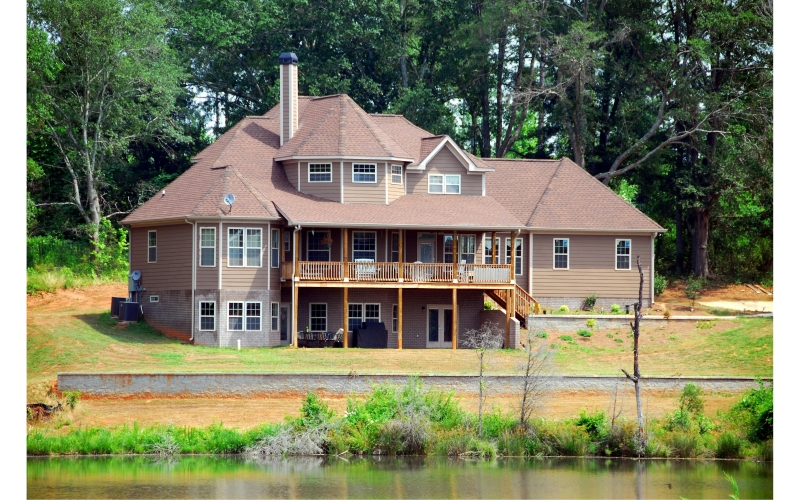
What Does Under Contract Mean in Real Estate?
"Under contract" indicates a home has an accepted offer but isn’t sold until all conditions are met.
Read MoreWhat Does Under Contract Mean in Real Estate?
How Rent-to-Own Works: Process & Key Details
A rent-to-own agreement allows you to rent a home now and buy it later, with part of your rent going toward the purchase price.
Read MoreHow Rent-to-Own Works: Process & Key Details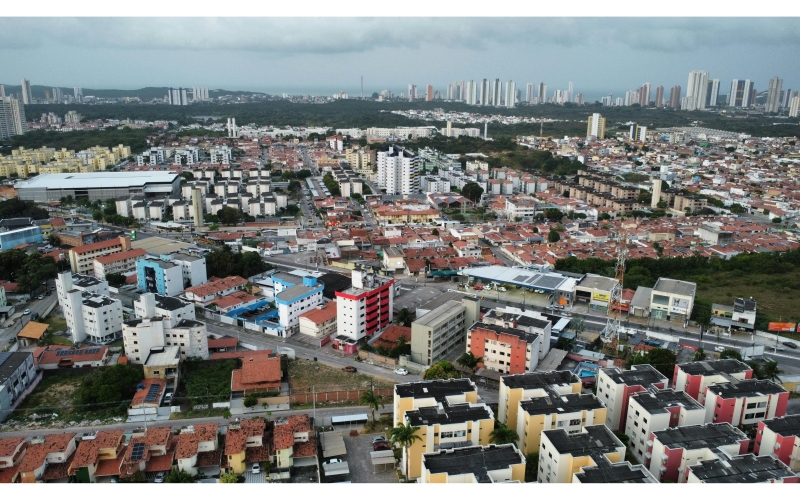
Different Types of Houses and Which One is For You?
There are a lot of types of houses that exist today, but only one would suit you the most!
Read MoreDifferent Types of Houses and Which One is For You?
What is an HOA? Understanding Homeowners Associations
Who decides what’s allowed and what isn’t? And what exactly are you paying for?
Read MoreWhat is an HOA? Understanding Homeowners Associations
What Is Earnest Money? A Simple Guide for First-Time Homebuyers
Earnest money is a deposit you make after your offer on a home is accepted. It shows the seller that you’re serious about buying.
Read MoreWhat Is Earnest Money? A Simple Guide for First-Time Homebuyers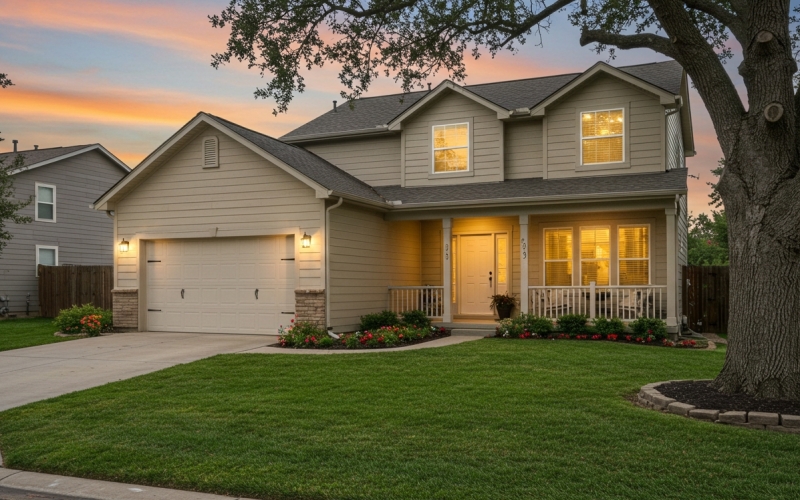
How Can I See Old Listing Photos of a House
Use the site: operator on Google or Google Street View to find old listing photos of a house easily and quickly.
Read MoreHow Can I See Old Listing Photos of a House
What Does a Commercial Property Buyer’s Agent Do? (And Why You Need One)
When you work with a commercial property buyer’s agent, you’re not just hiring someone to open doors. You’re getting a full-time guide through every step of the buying process.
Read MoreWhat Does a Commercial Property Buyer’s Agent Do? (And Why You Need One)
The Tools You Need as a Real Estate Agent
With all the tools we have today, it is almost impossible to have a reason to quit early. We have it easier today than it was 10 or 20 years ago
Read MoreThe Tools You Need as a Real Estate Agent
Real Estate Marketing for Agents: The Modern Playbook to Get More Clients
Marketing helps agents stand out in a competitive market. Use both online and offline strategies to grow your reach. Tools like social media, SEO, and video help you build trust. Platforms like Zillow and Realtor.com let you show up in local searches. The goal is simple: stay visible, stay consistent, stay helpful
Read MoreReal Estate Marketing for Agents: The Modern Playbook to Get More Clients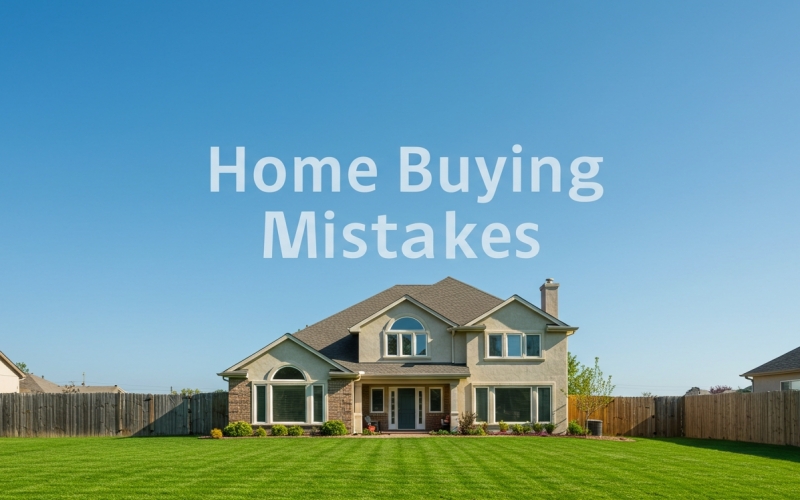
8 Common Mistakes Home Buyers Make
These common mistakes often cause buyers to incur more costs than expected. Make sure you understand what these are.
Read More8 Common Mistakes Home Buyers Make
What Does 'Contingent' Mean in Real Estate?
In real estate, the word “contingent” means that a seller has accepted an offer on the home—but the sale isn’t final yet.
Read MoreWhat Does 'Contingent' Mean in Real Estate?
Why Should Home Sellers Offer Buyer Broker Compensation?
Paying buyer broker compensation can boost interest, reduce buyer costs, and lead to faster, smoother home sales, giving sellers a real market edge.
Read MoreWhy Should Home Sellers Offer Buyer Broker Compensation?